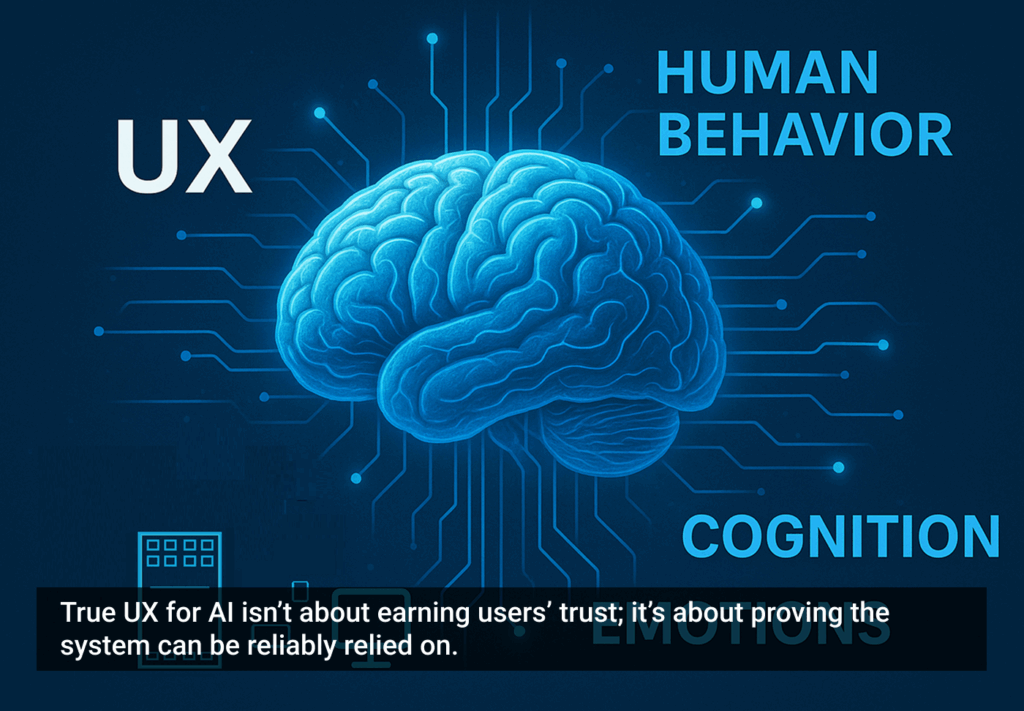Most companies these days are getting downright scientific about their interactions with customers, pouring all kinds of money and manpower into managing expectations and outcomes. Unfortunately for everyone involved, these exchanges are often like nitroglycerin mixed with peroxide—that is to say, they blow up in everyone’s faces. Long hold times, sour customer service agents, and generally low expectations have combined to create a high rate of frustration and a low rate of success.
Although there’s no magic (or scientific) formula for success, there are specific areas companies can focus on in order to bring their customers better experiences. Here are seven things customers want that companies need to provide:
Speed
In the age of instant gratification, it’s becoming harder and harder to practice patience. We’re all about the here and now and we expect everything from search results to food to be available immediately. Unsurprisingly, a significant number of customers will hang up if they’ve been on hold for more than 40 seconds.
According to the ninth annual Accenture Global Consumer Pulse Survey, between 2012 and 2013, 77% of customers expected their service to be faster; in a separate study, 88% of customers noted response speed was one of the most important parts of their customer experience. Companies need to make sure that they have enough staff to answer any incoming communications. If that’s not possible, one alternative is sending out an automated response informing them that they’ll receive an answer shortly.
Variety
With the abundance of technology available today, customers have more ways than ever to contact you. Almost 90% of consumers want choices when it comes to contacting customer support, and over 71% of customers use three or more channels when communicating with customer service. Phone is still the most used customer service channel, but alternative technologies like social media and SMS have been gaining ground.
With new channels popping up like daisies, companies need to give their customers more than one way to contact them. It’s better to focus on a handful of channels and providing quality service than to trying to cover all of them and end up falling short. Companies should also think about which channel is best for which need: if a customer wants to check their account status, they shouldn’t have to wait on hold for 10 minutes to do so.
A few years ago, Yamaha reorganized their customer service leveraging social media to answer customer questions. When they realized that their new system wasn’t doing a very efficient job transferring customer questions to agents—routing messages through multiple systems before they finally arrived—Yamaha streamlined their customer service process with Salesforce, routing all queries across any channel to one central location and creating customer profiles. Using this new technology, Yamaha was able to provide a seamless customer experience without their customers knowing the difference.
Resolution
People don’t want to call in multiple times to solve a problem—they want things fixed on the first try so they can get on with their lives. In a study conducted by Zendesk, 88% of customers said problem resolution was the most important thing to them. Unfortunately, only half of customers believe companies do a “good” or “excellent” job of resolving problems.
Companies can’t guarantee that they’ll solve every problem on the first try (or that they’ll even solve it at all), but making sure agents have access to customer history and even offering an online database will increase the odds. Not solving the problem on the first try can create an even bigger one: 72% of customers switched companies after their issue wasn’t resolved the first time.
Consistency
If you started swinging by the same Starbucks every day and always ordered a half-caf latte, you’d eventually expect the employees to know your order. The same kind of logic applies to customer experience: each time a company interacts with a customer, they should keep track of why they were contacted and what their response was. Customers expect you to know what their past interactions were about without having to repeat themselves.
Research from Accenture shows that 66% of customers end up feeling frustrated when they have to start all over on a brand new channel. Companies can avoid frustrating their customers by figuring out where all their customer data is being stored and integrating it. If different departments have different customer data across different channels, it’s time to bring all that together. Companies should send all their data to one central location so that if a customer does have to call in again, they can pick up where they left off.
In 2010, Crate & Barrel decided it was time to ramp up their multichannel strategy, recognizing that most of its customers switched between devices to look and up and make purchases. They also wanted to increase customer engagement in the store, so they created a mobile app that customers could use within the store. Customers can scan products in-store to add them to a virtual shopping cart, and they can also receive real-time updates about what products have been purchased in their wedding registry.
Personalization
Three years ago, author and businessman Peter Shankman was boarding a flight when he jokingly tweeted that Morton’s The Steakhouse (one of his favorite restaurants) should have a porterhouse waiting when he landed. When he touched down in Newark and went to go find his driver, he encountered someone else: a Morton’s waiter decked out in formal wear, there to hand deliver his order. Shankman was blown away: they’d not only followed up on his joking tweet, but they’d discovered what flight he was on, sent a team 23 miles in New Jersey traffic, and found him at the airport.
Sure, the Morton’s story is an outside example, but nearly 75% of Americans are frustrated when they receive content that isn’t tailored to their interests. That’s not to say that they find a billboard offensive while walking down the street, but it does mean that they’ll throw away your mass-marketed content before reading it. With personalized content, companies have a better shot of reaching consumers: 83% of consumers see value in the delivery of a personalized experience across devices.
Customers want an experience that recognizes them on any device
Personalization can be as easy as including a customer’s name or as complicated as creating an algorithm that predicts what they’d like to see based on their past usage. Personalization also isn’t limited to just one channel: customers want an experience that recognizes them on any device. Companies should consider tracking a customers’ preferred channel and direct their communications there to increase engagement.
Flexibility
Do you remember the Comcast fiasco from a few months ago where an agent fought tooth and nail to keep a couple from cancelling their service? It was a total customer experience disaster. The couple recorded half of the call and then released the audio file online, generating a massive public outcry. The Internet and social media rallied around them, denouncing Comcast’s poor customer service. Past employees came out of the woodwork to reveal that Comcast will keep customers from cancelling by any means necessary.
Comcast put their bottom line in front of their customers and ended up paying the social price. However, customers usually tell twice as many people about a bad experience, and this number is only goes up with social media. Considering it takes 12 good interactions to make up for a bad one, companies can’t afford to see this kind of massive fallout. Comcast and other companies need to answer to their customers instead of their shareholders, even if that means ending their service. Customers (and non-customers) will thank them for it.
Self-Service
More than half of customers believe it’s important to be able to resolve product issues themselves rather than relying on customer service. In fact, by 2020, Gartner predicts customers will be able to manage 85% of their relationship with a business without human interaction. Even today, channels like email, Web self-service, chat, IVR and other online techniques make up more than 30 percent of customer service interactions. Companies like OneReach, a cloud communications platform designed with UX in mind, help customers solve their problems through automated voice and text flows that lets customers communicate when and how they want.
Companies need to keep this growing tech trend in mind when figuring out how to best serve their customers. Current self-service solutions include web forums and FAQ pages, where customers can narrow down their problem by category or a specific scenario. Companies should look into what the most common problems are and list quick fixes to knock out similar service calls; currently, half of customers end up calling a help line if they can’t solve their problem easily.
When Ask.com became inundated with the same basic support questions, they knew they had to find a solution. Their help center was completely disorganized; customers had to click through multiple pages just to find their question and answer. After hiring a third party CRM, Ask was able to organize the information in their knowledge base and send out personalized responses to each customers. As customer satisfaction increased, the number of support questions decreased, allowing agents to devote their time to more complex problems.
Conclusion
Technology is changing how companies manage their relationships with customers, which is having a profound impact on customer experience. It’s worth paying attention to what kind of experiences and solutions customers are finding in the marketplace, especially in light of this statistic: 86% of customers would be willing to pay more for a better experience.
Image of steak dinner courtest Shutterstock.







